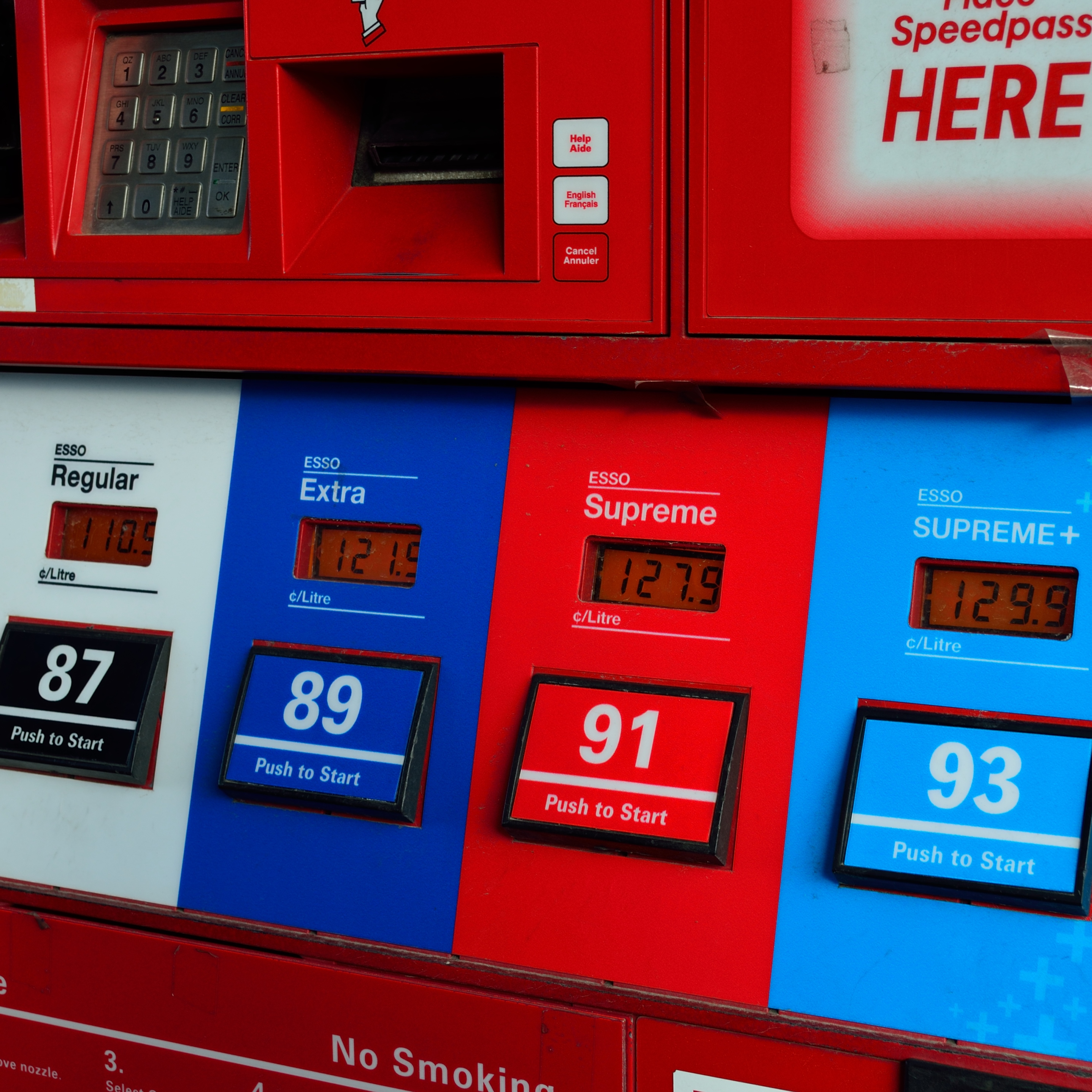Energy
Why You Are Paying 50 Cents a Gallon More for Premium Gas

Published:
Last Updated:

Looking back over the period between 1995 and about 2015, the difference in the pump price for a gallon of regular gas and a gallon of premium was about 20 to 25 cents. Over the past year that price difference has widened to more than 50 cents a gallon. If you use premium fuel you’ve probably noticed.
Premium fuel’s higher octane rating costs more to make but has one huge advantage: higher octane fuel is the cheapest way to improve a vehicle’s fuel economy, provided the car’s engine was designed to burn the higher-octane fuel.
Generally speaking, you should use fuel with the octane rating recommended by the manufacturer. Here’s what the U.S. Environmental Protection Agency (EPA) has to say about using a higher-than-recommended octane fuel:
For most vehicles, higher octane fuel may improve performance and gas mileage and reduce carbon dioxide (CO2) emissions by a few percent during severe duty operation, such as towing a trailer or carrying heavy loads, especially in hot weather. However, under normal driving conditions, you may get little to no benefit.
The researchers at RBN Energy have suggested four items that contribute to the widening spread between the prices of regular and premium fuel:
Increased processing of lighter crude oil. Most of the crude oil produced in the United States is light (less viscous) and sweet (low sulfur) and produces a refinery stream of fairly low-octane product called light straight run (LSR). To raise the octane rating, more expensive refinery products have to be added to the LSR, pushing up the pump price of the fuel.
EPA Tier 3 requirements. As of January 2017, the EPA has required that the sulfur content of all U.S. fuel be less than 10 parts per million. This lowers the octane rating and requires refiners to add more of the higher octane components.
Consumer preference. Some drivers simply prefer to use the higher octane fuel. As RBN Energy notes, “[W]ith gas prices low, some are indulging in higher-grade fuel and enjoying the perceived better performance.” If demand for premium fuel rises, so do prices.
CAFE standards. Corporate average fuel economy (CAFE) standards are rising, causing carmakers to design new, higher-compression engines that require higher octane fuel. The good news is that these engines are more efficient (use less gasoline) and cleaner (emit less carbon dioxide). For example, the new Dodge Challenger SRT Demon produces 840 horsepower using a super-premium 100-octane fuel. Using fuel rated at 91 octane, the car develops 808 horsepower.
All of us are likely to pay more for fuel in the future, however, because automakers are working on more new engine designs that require super-premium fuels. A report at the Detroit Free Press cites one auto executive:
Increasing octane could be the lowest-cost way to raise fuel economy. It costs far less than developing a new transmission, for instance.
The automakers want to meet the rising CAFE standards without building a vehicle consumers cannot afford. If they can lay off some of the cost on oil refiners, well, why not?
From an engineering viewpoint, 114-octane rated fuel would be ideal, as a GM executive has said, but will drivers be willing to pay the price? Especially if sales of electric cars rise as projected over the next decade.
Thank you for reading! Have some feedback for us?
Contact the 24/7 Wall St. editorial team.